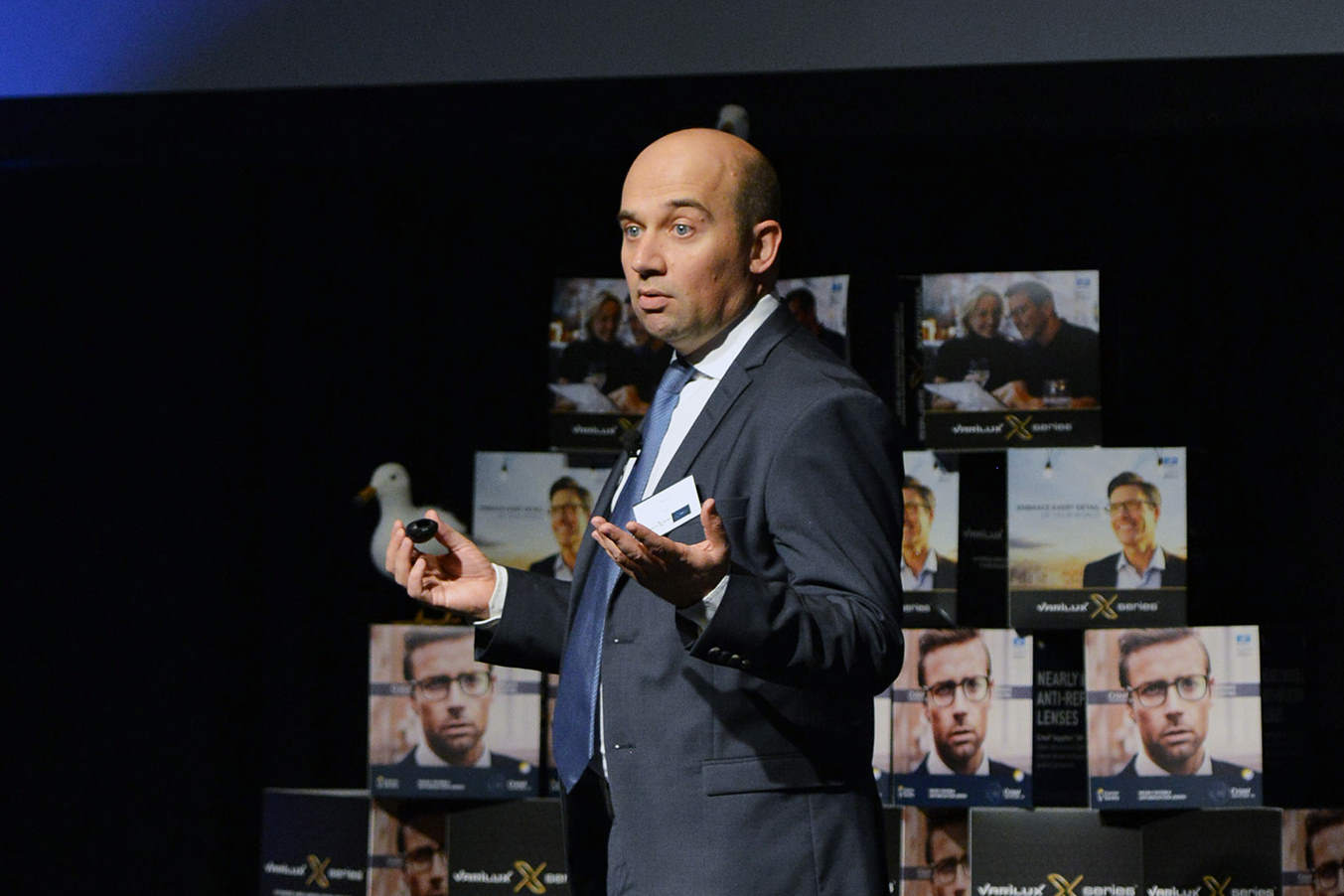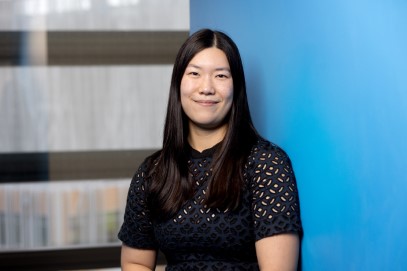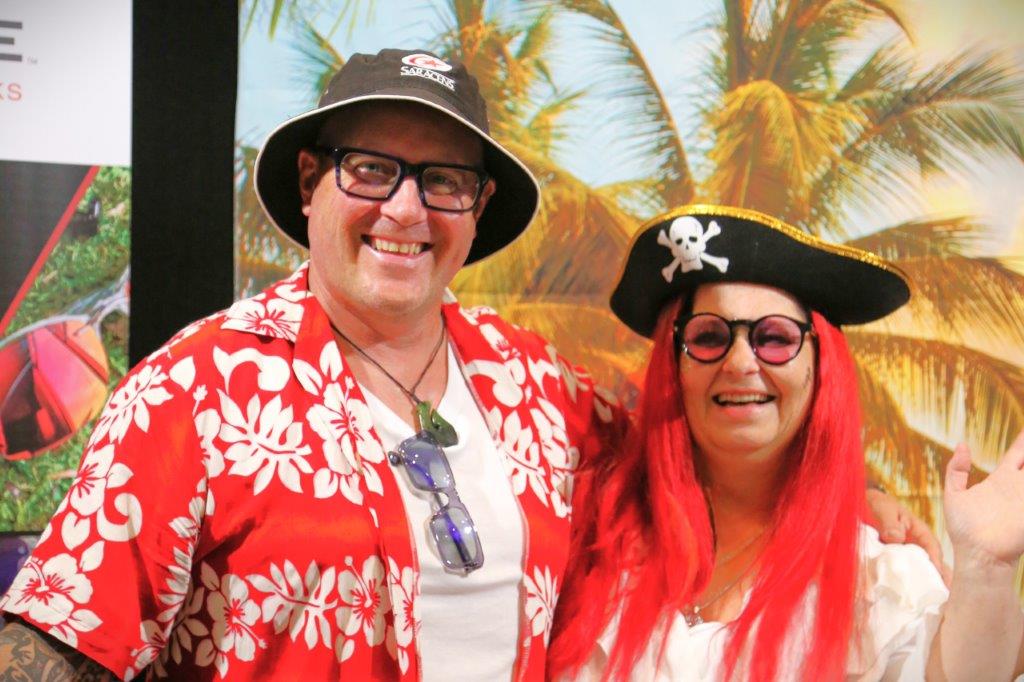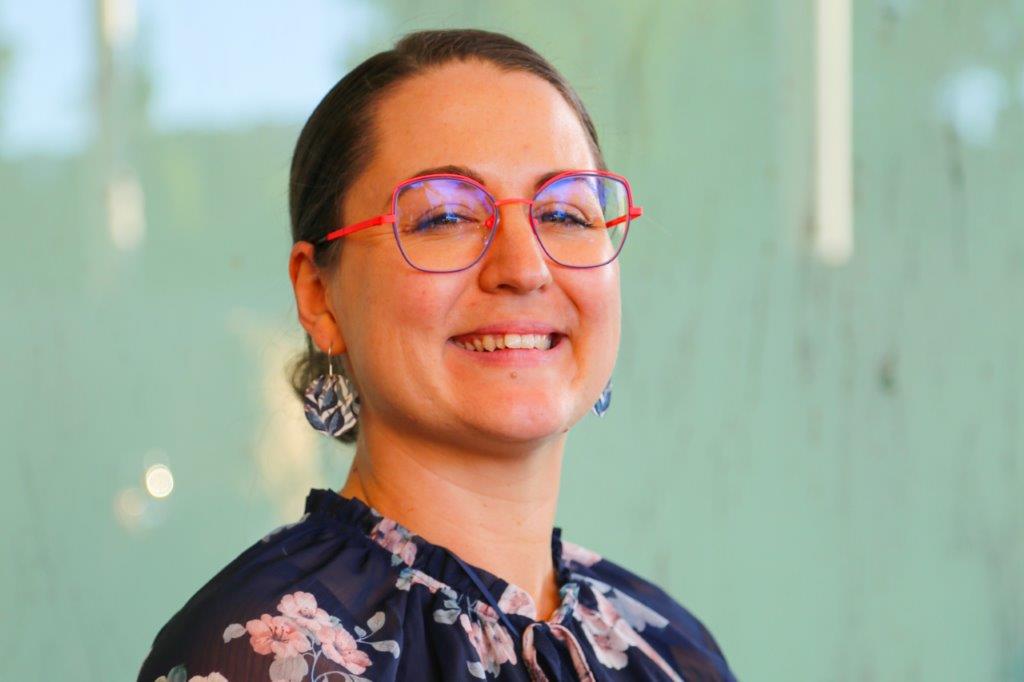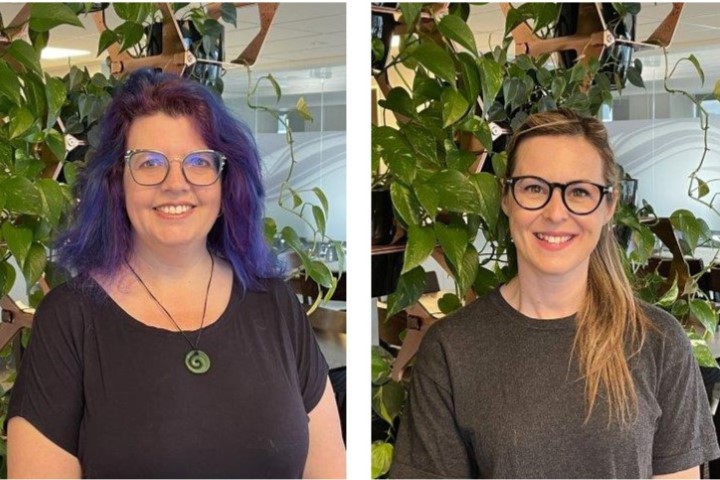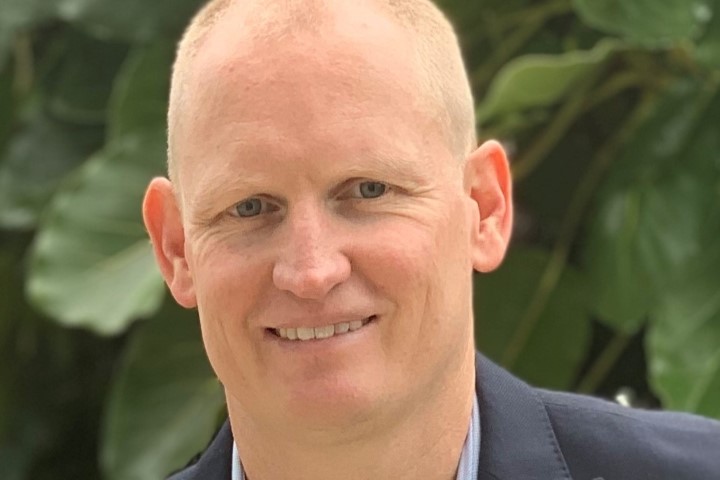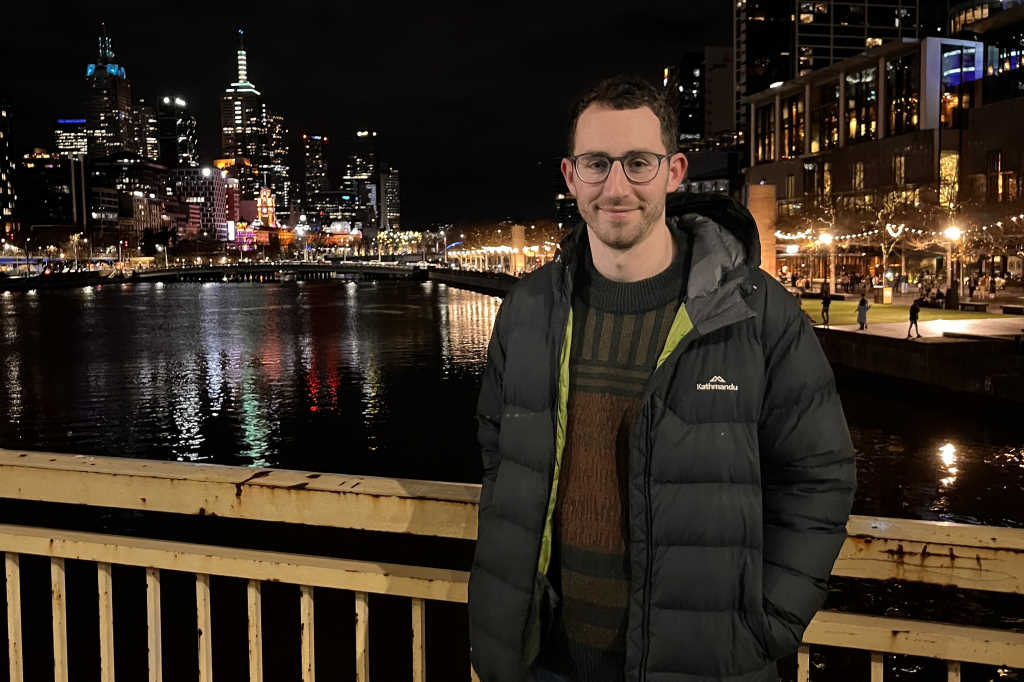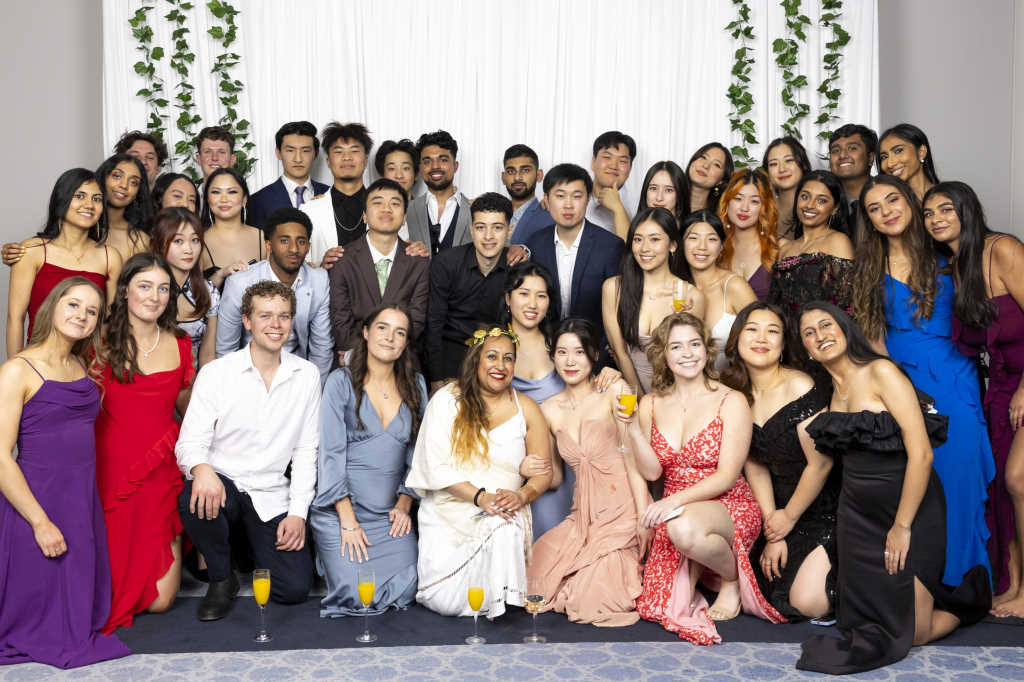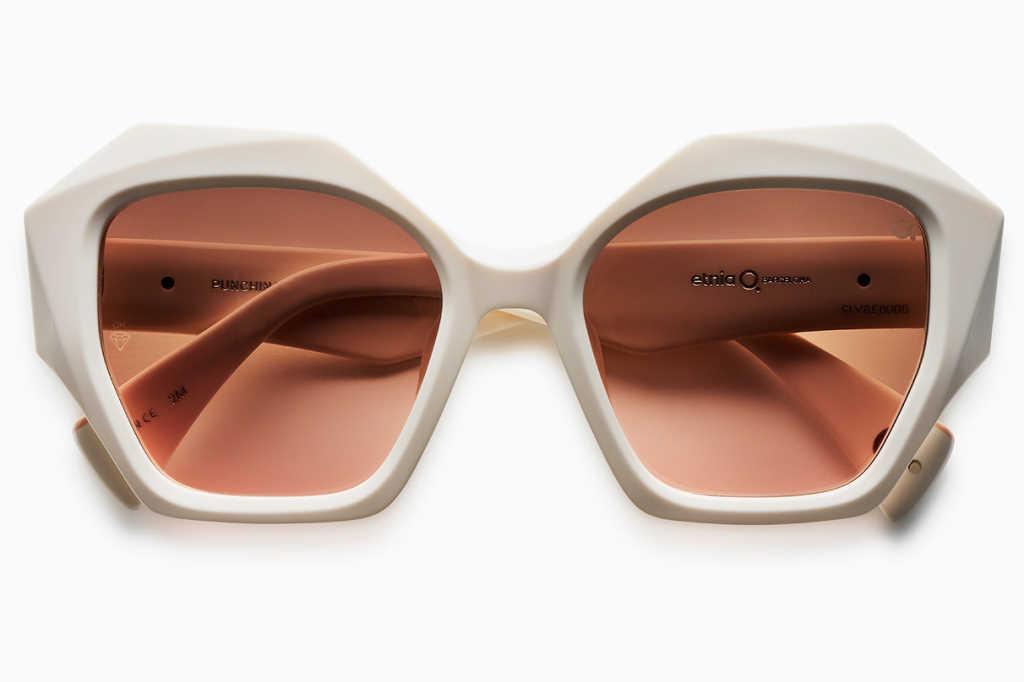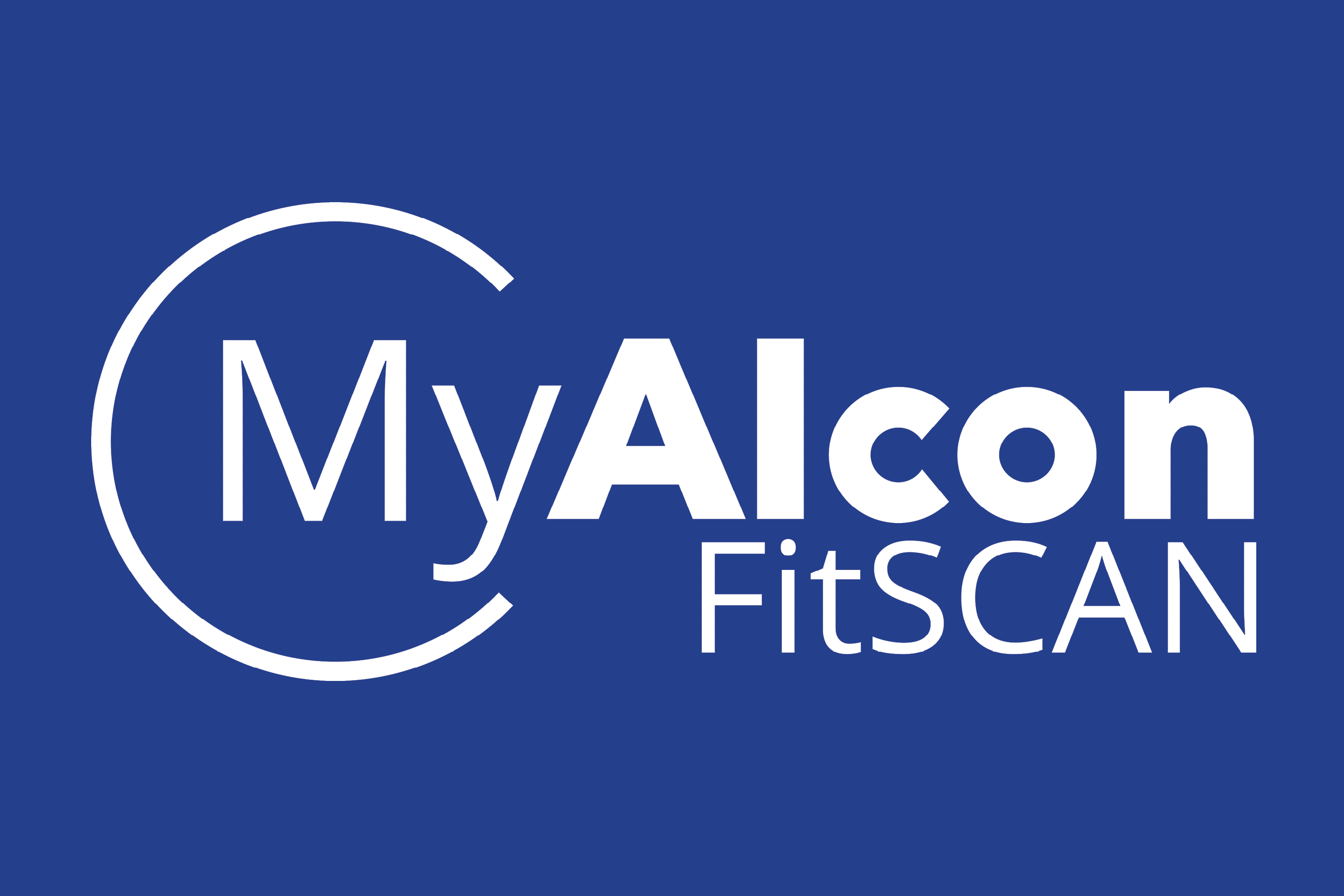Pierre Longerna: optometry’s opportunities
Essilor ANZ’s new French-born chief operating officer, Pierre Longerna, is optimistic about independent optometry’s future. Lesley Springall asked him about that future and ‘that merger’.
Essilor New Zealand’s revenue held up well compared to Australia’s after the Luxottica merger announcement. Why was that?
The combination of Essilor and Luxottica has raised a lot of questions for a lot of people. What the New Zealand team has done very well is to stay close to our customers, showing them that things are not going to change. Essilor is going to remain Essilor and Luxottica is going to remain Luxottica. We will continue to provide our customers with the support, innovation and partnerships that we provided before. In Australia, the situation was a little different because the team has not been as stable as in New Zealand. We had some gaps in the team at the wrong time, when our customers had a lot of questions and we were not able to answer those questions as we would have liked. But it’s a combination of many factors in Australia that we’re now addressing.
How important has the New Zealand Platinum Partners programme been?
New Zealand’s Platinum Partners programme is very successful. We have similar programmes in other countries, but not yet in Australia. The programme is a combination of all the expertise that we can bring within Essilor to enhance support for our customers. For example, by providing training so people have the right level of expertise to sell our products, which are technical products, especially products like (our new progressive lens) Varilux X. It takes training to understand the science behind the product, to be comfortable and to sell the product to the consumer. We also provide help with marketing and practice and lens technology, so our customers can leverage that in the market, to make a difference to their customers’ vision.
Programmes like Platinum Partners are definitely the way to do business, to look after our customers and give them the right support to grow their business, so we can grow with them.
So, are Essilor ANZ’s closest customers not worried about the Luxottica merger?
No, they are. Everywhere people are wondering what’s it about and that’s very fair. Most of our clients are independent and most are small, and they are dealing with a big company. So, they are looking at Essilor and are saying, ‘Now you are going to be part of something that’s even bigger. Am I going to be relevant to you? Are you going to continue to support me?’ And that’s a fair concern because, for them, bigger doesn’t mean better.
It’s our job is to explain that Essilor is not going to leave them; Essilor is just going to be stronger. We are going to be the same Essilor, it’s just that in our group there will be more assets, there will be more expertise, and we will find ways to use that expertise to give them additional services, additional solutions to continue to grow their business. And yes, I’ve been asked, what does that mean? Are you going to give us a Ray-Ban frame and a Varilux lens? No, it has to be more than that because they can already do that.
We have to be more sophisticated, to understand what isn’t available in the market today; what can we invent or provide when we think about the lens and the frame. It has to be something that does not exist today, something that is difficult to create. But the most important thing to understand is that Essilor is going to be stronger; but it’s not going to be different.
Internally we talk about the combination, we don’t talk about a merger, because we’re not going to merge the teams; we are not going to merge the offices. We have never done that. In the last 50 years of Essilor there have been a lot of (acquisitions/mergers) but all of the companies in the Essilor group are independent, they can compete against each other. In Essilor we like new people joining the group, not because we want to absorb them but because they are doing a good job and we want them to continue to do a good job.
What about concerns practices have about competing against Luxottica’s OPSM chain, for example?
Again, our customer base is the same as it was yesterday, mainly independent optometrists. Our job is to continue to grow that segment of the market. But there are different segments in the market. OPSM focuses on Luxottica frames. It’s about fashion. Whereas an independent optometrist is all about vision care. So, when we introduce something like the new Varilux X lens, that goes to the independent segment; those who have the training to understand and sell the lens. And that will remain the case tomorrow; it won’t go to OPSM.
We have a joint venture with OPSM/Luxottica to supply their own brand of lenses. They have their own private label developed in separate labs, which doesn’t include our (independent practice) ranges. The technology is different, the brands are different and tomorrow that will stay the same.
So, what are the key issues facing independent optometry today?
Many people are pessimistic, they talk about fierce competition and difficulties in the industry and so on. But we are in a good industry. The industry is growing and there are drivers for that - the population is growing, the population is aging, we are introducing new solutions for their needs.
We are also in an industry where people are used to good products, premium products so there are plenty of opportunities. There are plenty of people who need eyeglasses, but they only have one pair of eyeglasses, they don’t even have prescription sunglasses; and I could easily name 10 opportunities like that in less than two minutes.
So, it’s a very good industry to be in. Yes, there are new players in the market - Specsavers, Bailey Nelson, George & Matilda - they are investing into the market because they understand there is a lot of potential. But if you look at our industry, it’s not very different from other developed industries. You have different segments in the market. You have businesses whose first criteria will be price, and this is about being very competitive, being the cost leader; then you have people where it’s all about fashion, whether that’s luxury fashion or fast fashion, again they have very clear positioning; then the final segment is about vision, for those people who want really good vision.
The main challenge for optometrists is to be clear about where they are going to play, where they are going to compete and how they are going to make a difference. For independent optometrists, it’s about leading the vision care segment. That’s their primary focus and then they can play with a secondary focus - fashionable frames or pricing - depending on the area they’re in. But they need to be clear about their positioning.
They also have to keep investing; investing in their business, investing in their customers, investing in what makes them different if they want to grow their business. It’s the same for us. If we stop investing in research and development (R&D), what can we expect? To continue to sell the same thing at the same price? No. It will become a price war. So, we are investing in R&D, we are investing in our customers, we are investing in training, in marketing, that’s the way to continue to grow the business and it’s the same for our customers.










